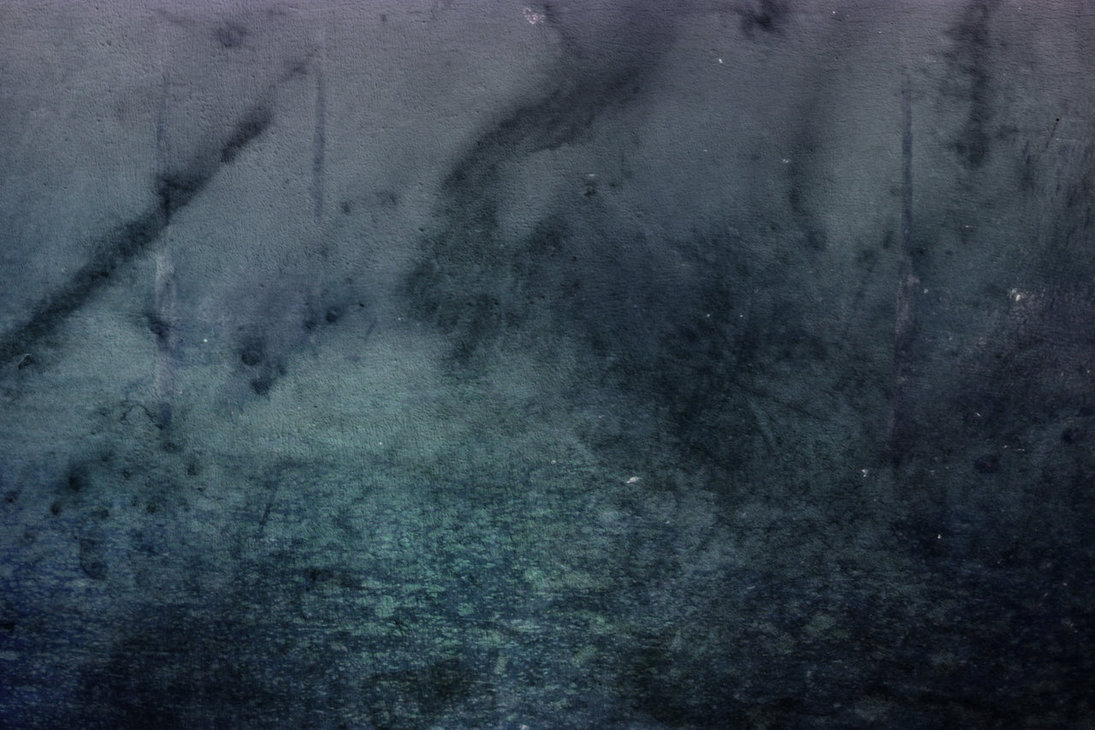Advanced courses and workshops

New and large program with a focus on advanced technologies
Notam and BEK start this autumn a program of courses and workshops for advanced users. The arrangements have a technical angle and require basic knowledge of programming and signal processing like SuperCollider, Csound and/or Max. All courses are in English and are available to international participants, and will go down in Bergen and Oslo.
Program for Autumn 2017: Surround Sound Part 1 – Microsound and IRCAM Spat
Thibaut Carpentier comes in week 46 to talk about spatial audio and, in particular, Spat, a software for spatialization of audio in Max/MSP. He works at IRCAM and is one of the main developers behind Spat. The workshop lasts for five days and will include a mix of hands on with guidance and lectures. The workshop is suitable for advanced users.
Curtis Roads comes in week 50 to talk about microsound and composing electronic music. He is a composer, author and programmer and specialist in granular synthesis, and works at the University of California, Santa Barbara. The workshop lasts 3 days and contains a mixture of lectures and hands on with guidance. The workshop is suitable for advanced users.
Hold week 46 and 50! Details about registration and more about the program will be announced late summer.
About IRCAM Spat
Spat (or Spatialisateur in French) is a real-time spatial audio processor that allows composers, sound artists, performers, and sound engineers to control the localization of sound sources in 3D auditory spaces. In addition, Spat provides a powerful reverberation engine that can be applied to real and virtual auditory spaces.
The processor receives sounds from instrumental or synthetic sources, adds spatialization effects in real-time, and outputs signals for reproduction on an electroacoustic system (loudspeakers or headphones).
Its modular signal processing architecture and design are guided by computational efficiency and configurability considerations. This allows, in particular, straightforward adaptation to various multichannel output formats and reproduction setups, over loudspeakers or headphones, while the control interface provides direct access to perceptually relevant parameters for specifying distance and reverberation effects, irrespective of the chosen reproduction format.
Another original feature of Spat is its room effect control interface relying on perceptive criteria. This allows the user to intuitively specify the characteristics of a specific room without having to use an acoustic or architectural vocabulary.
About microsound
At a level below musical notation, there is a landscape formed by microsound. These are sound particles lasting less than a tenth of a second, sounds that are melting, evaporating and muting to other sounds. Recent technological advances allow us to probe and manipulate these sound points, solve the traditional building blocks of musical notation and intervals, into a more fluid and flexible medium. The sensation of point, pulse (a series of points), line (tone) and surface (texture) appear when the particle density increases. Composers have used theories of microsound in computer music since the 1950s, including Karlheinz Stockhausen and Iannis Xenakis. Today, with increasing interest in computer equipment and electronic music, many composers and software synthesis developers explore the benefits of this way of theorizing sound. Microsound covers all aspects of composition with sound particles, offering composition theory, historical innovations, technical overview, acoustic experiments, descriptions of musical works and aesthetic reflections.
Background for a new focus
Notam and BEK are two leading centers for innovative development and use of technology for music and art purposes in Norway. We have a broad international network of resource people who include those who are considered to be pioneers in their field of expertise in music technology, sound design and audiovisual technology. Both Notam and BEK have education / competence enhancement as one of our core areas. The starting point for this initiative is that we should do more to provide new goals, impulses and the opportunity to lift the eyes of everyday solutions for the environment by music technicians, artists and own employees.
The course series will address topics such as:
Ambisonics, wavefield synthesis, advanced microphone techniques, surround sound headphones, visual audio with IanniX, Audiovisual lasers, Jitter and GEN, Physics vs. Art, Hisstools, GEN and OWL, Machine Learning, Filter Design, Kyma, Advanced PD etc.
Supported by Arts Council Norway
Illustration: texture-372 of Sirius-sdz on DeviantArt